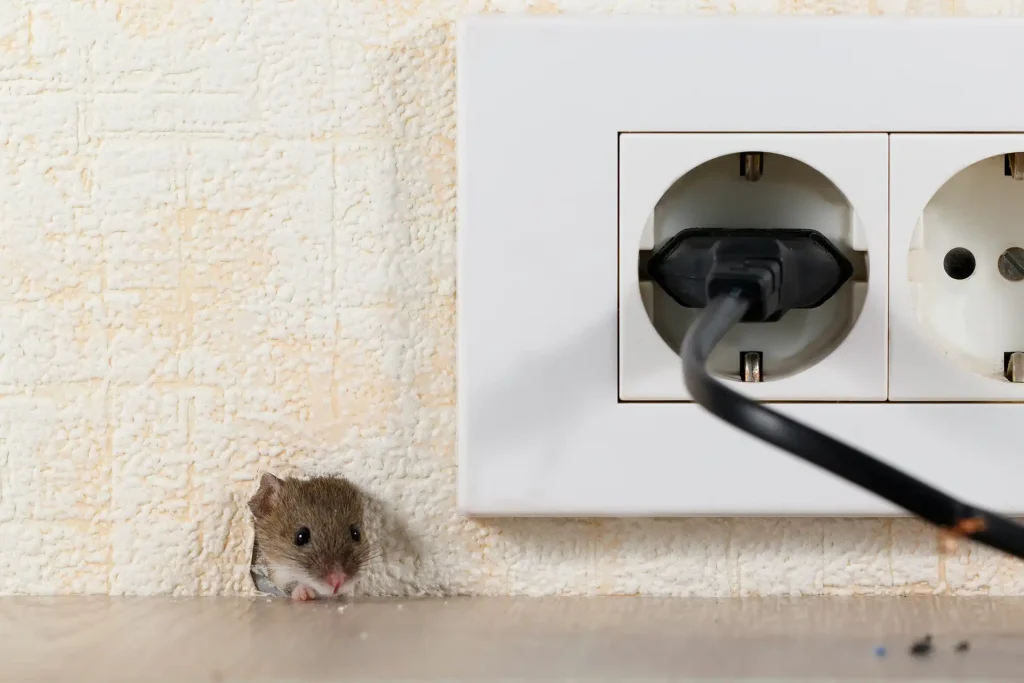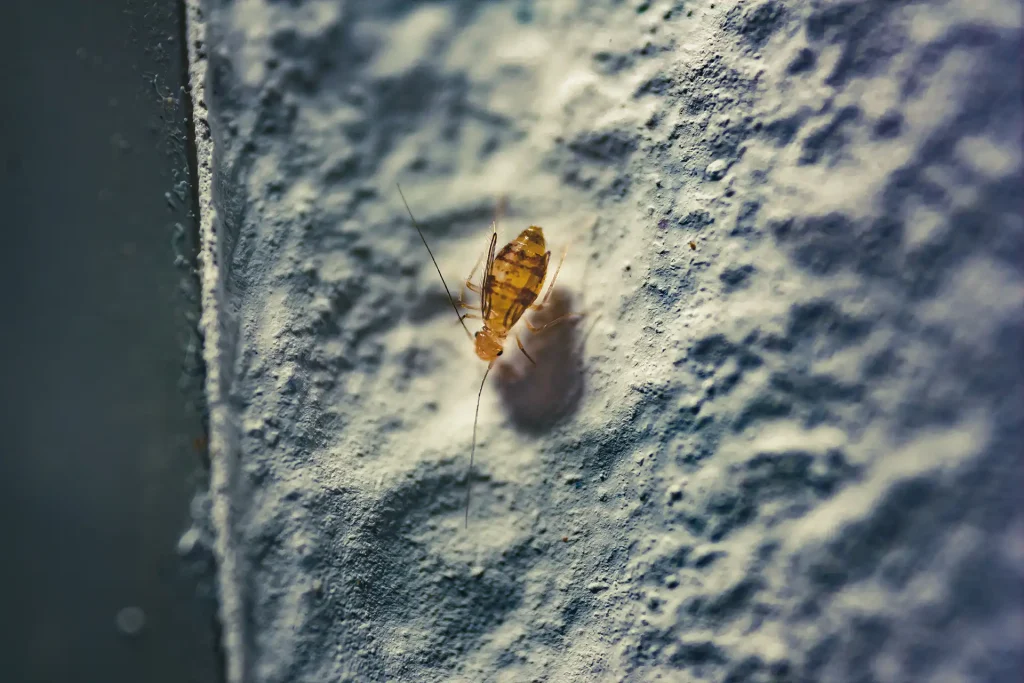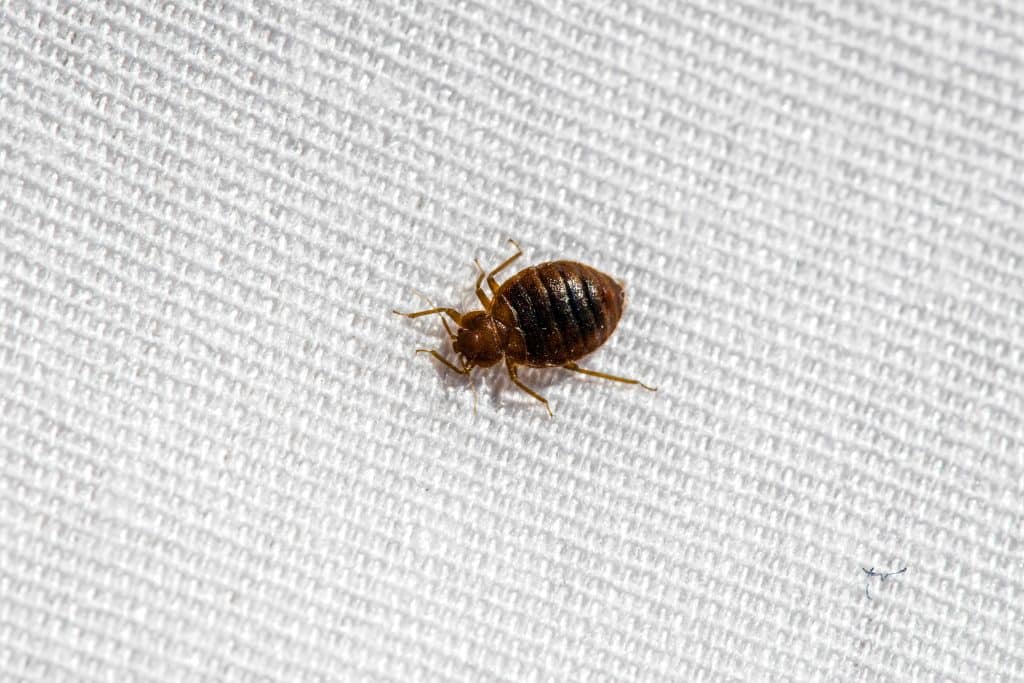Chemical pest control can be a useful method of pest management. However, it is often over-used and misused. In addition, many of the chemicals used in pest control are highly toxic to humans and animals. It’s important to understand how the chemicals work and the risks involved when deciding if they’re right for your home or business.
The idea of chemical pest control is to kill insects and other pests that might be trying to invade your property, as well as prevent them from reproducing. This can help you stay healthy and can save you money in the long run.
Read also: How To Do Natural Pest Control At Home
There are many different types of chemical pest control methods that can be used, so it’s important to find one that will suit your needs.
4 chemical pest control methods
The use of chemicals for pest control is the most effective method. This is why it is widely used in homes and businesses. There are several types of pesticides available today to deal with bug and rodent infestations. Regardless of which pesticide type to use, most are highly toxic. Thus, the need to follow the instructions exactly to avoid incidents.
1. Rodenticides
Commonly known as rat poison, rodenticides are a highly hazardous type of pesticide. They are very effective with rodent control but they are a threat to other mammals like dogs and cats too. Thus, the need to observe safety measures during application.
2. Insecticides
Insecticides are made to kill insects like flies, cockroaches, and mosquitoes. They are available in granules and spray forms. Although both of them can kill bugs, they have their specific area of competence.
- Sprays
Insecticide sprays are best for flying and biting pests. Most bugs will die in just minutes of contact with the spray solution. But other insects need multiple applications before they vacate the treated area.
- Granules
Granulated insecticides are mistaken for food by pests particularly ants. They would either eat them immediately or carry the granules back to their nest. They are usually fast-acting, causing insects to die in a few minutes after ingestion.
3. Fogging
Fogging is another chemical pest control method that uses chemicals for killing adult flying insects. It involves using a fogging machine to spread a water and chemical solution in the infested areas outdoors. It is odorless and does not leave residues which is why it is considered an environment-friendly way of pest control.
Read also: How Does Mosquito Fogging Work?
4. Fumigation
Compared to other ways of pest control using chemicals, fumigation is the most effective in dealing with extreme infestations. It needs a huge amount of potent pesticide to be sprayed inside your home.
A fumigation service requires sealing your home for 48 to 72 hours to kill both adult pests and their eggs. You also need to leave your home during treatment and air it out for at least a day before stepping inside.
The pros and cons of chemical pest control
Chemical pest control may have the most potent effect on pests but it should be used with caution. Consider the following pros and cons of this pest management measure.
Pros:
- Chemical solutions are more reliable
- Pesticides are somewhat cheaper
- Chemical pest control products are fast-acting
- They are easy to use
Cons:
- Probability of chemical residue left on plants
- Pesticides are toxic and accidental ingestion can cause serious health issues
- Bugs can develop immunity to pesticides after some time
- Heavy use can contaminate groundwater
Key Takeaway
Although chemical pest control is a surefire way of eradicating pests on your property, it can pose a risk to everyone in your household if not done properly. If you have observed signs of pest activity, contact pest control in Singapore to avoid the side effects of pest control misuse.








